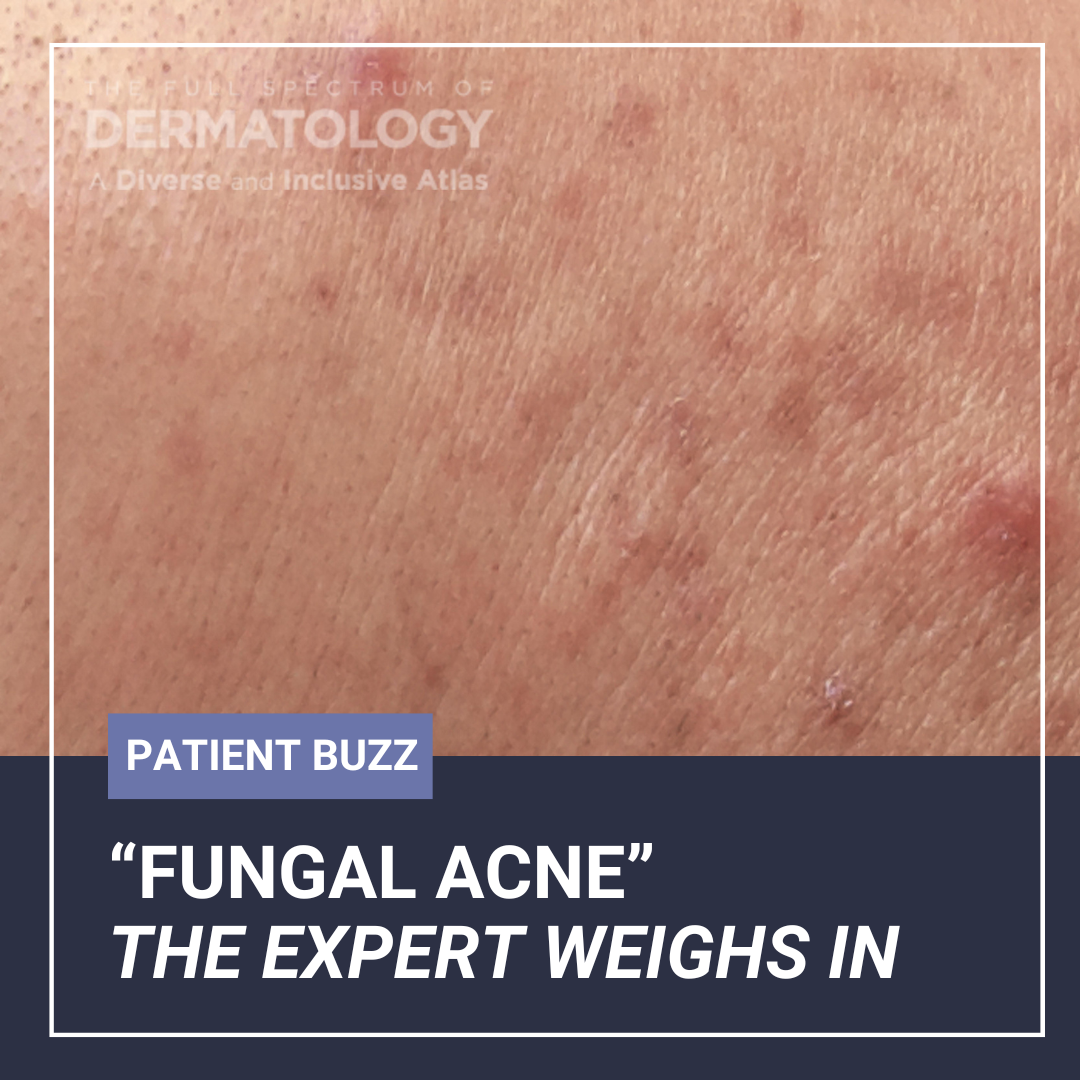Women’s Health/AOL profiled a dermatologic condition often mistaken for acne. While commonly known as “fungal acne,” Malassezia folliculitis is not a form of acne but an infection due to overgrowth of the Malassezia yeast. The signs are itchy, red bumps that commonly appear on the trunk and upper arms.
For expert tips in diagnosing and treating Malassezia folliculitis, I interviewed San Diego dermatologist and researcher Neal Bhatia, MD, FAAD. Dr. Bhatia will serve as faculty for the upcoming ODAC Dermatology Conference.
How often do you diagnose Malassezia folliculitis in your practice?
Not very often as there is not a clear diagnostic pattern or test. For many of the patients, it is more often a diagnosis of either exclusion or failed therapy.
Are your patients surprised to know they don’t have acne?
They are now coming in trying to second guess every diagnosis based on their internet searches. Based on attempts at pattern recognition, patients are reaching for esoteric diagnoses like this instead of following conventional treatment options. Unfortunately, the term “fungal acne” has stuck and now patients are looking for anti-fungal treatments first line and many prescription topical anti-fungals are not covered by insurance so treatment is often substandard.
What should dermatologists know about diagnosing Malassezia folliculitis?
A complete head and neck exam, Wood’s Lamp exam, if possible, definitely a KOH, and even a biopsy might be necessary. A good dermatopathologist will be able to suggest special stains as necessary, so it is essential to provide a thorough clinical assessment with the biopsy.
Which patients are most at risk of developing Malassezia folliculitis?
The index of suspicion should be higher in patients with facial hair, with oily skin, or if they wear a mask or face covering as those factors will influence the growth of the organisms.
What are your go-to treatments for Malassezia folliculitis?
Outside of topical and systemic anti-fungal agents, especially those with foam or lotion vehicles to penetrate the hair-bearing areas, some effective options are medicated shampoos with zinc or selenium, cleansers with sodium sulfacetamide with or without precipitated sulfur, and treatment for oil reduction.
What have you found to be effective ways to counsel your patients about Malassezia folliculitis?
Outside of staying off the internet, the best counseling involves instructions on cleansing, moisturizing, and optimal compliance with the topical program as well as watching for any drug-drug interactions with the systemic agents.
What else should dermatology clinicians know about Malassezia folliculitis?
Dermatologists should understand the legitimate nature of the disease, similar to the role of Demodex and other potential disease mimickers. A good index of suspicion for patient histories of failed therapies, flares, and the other potential triggers and set up for the infection including facial hair, oily skin, and facial covers will also help reassure the patient that the diagnosis is a real possibility.
Did you enjoy this Patient Buzz Expert Commentary? You can find more here.

